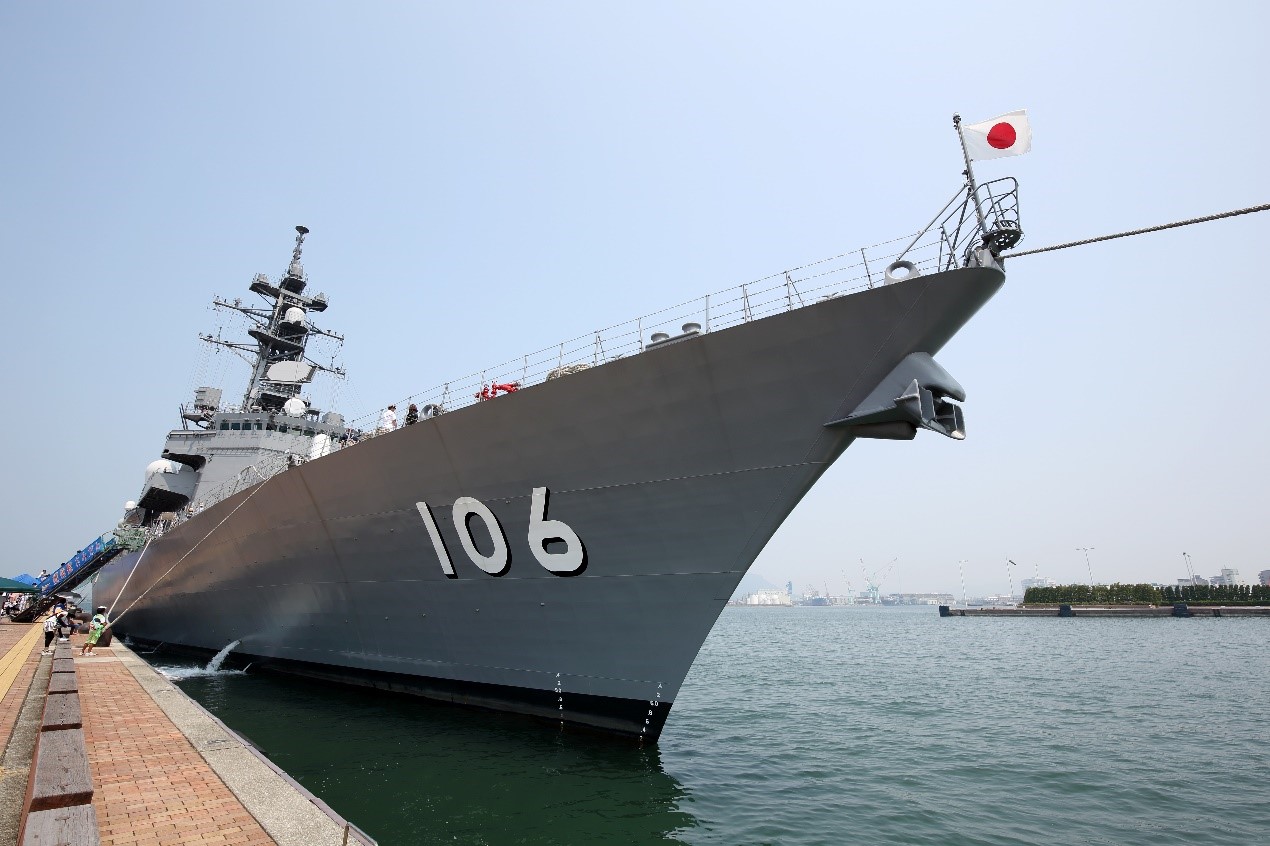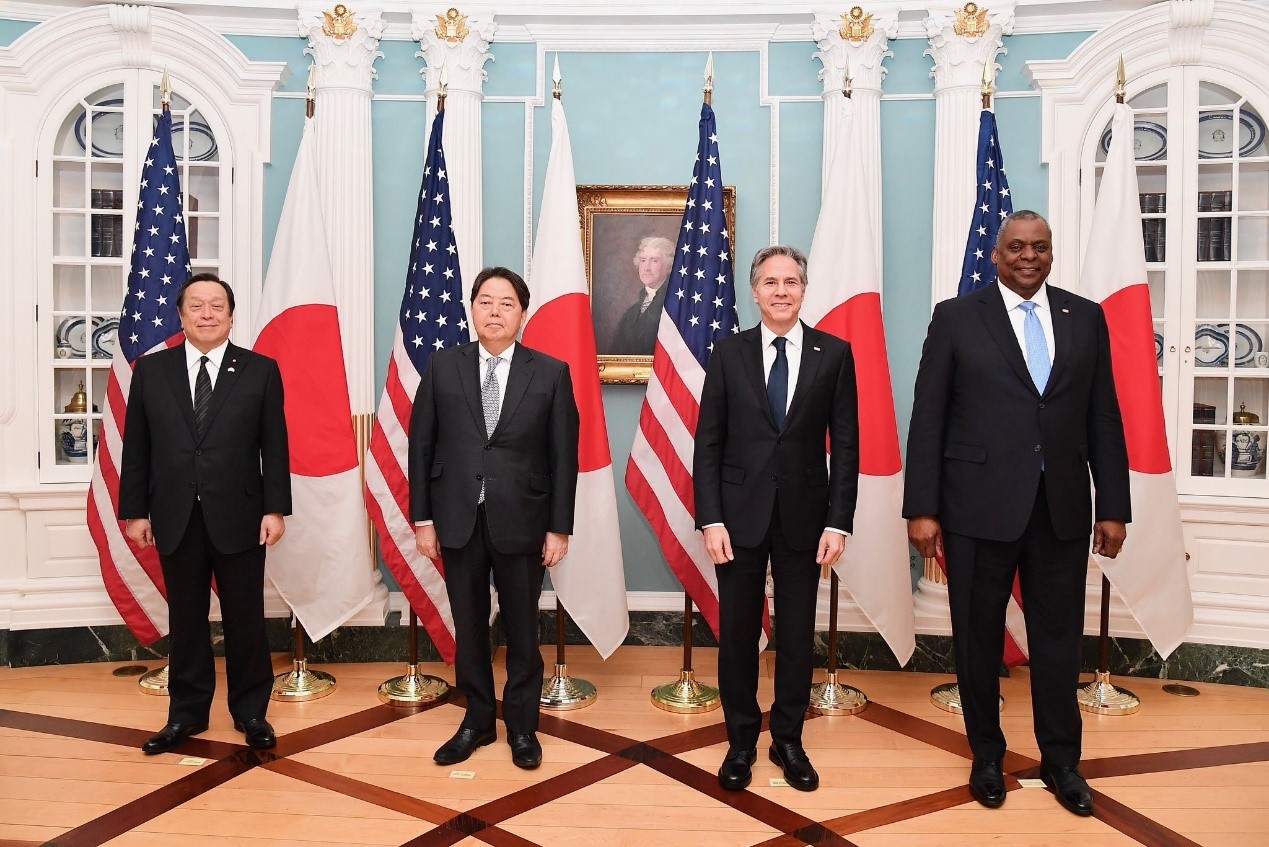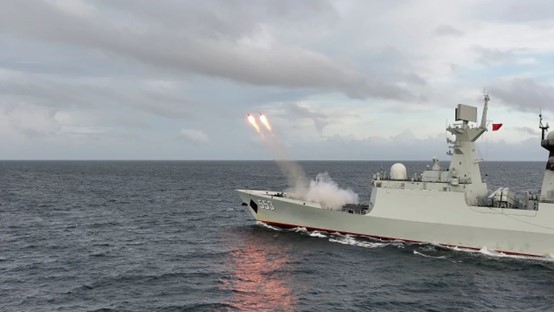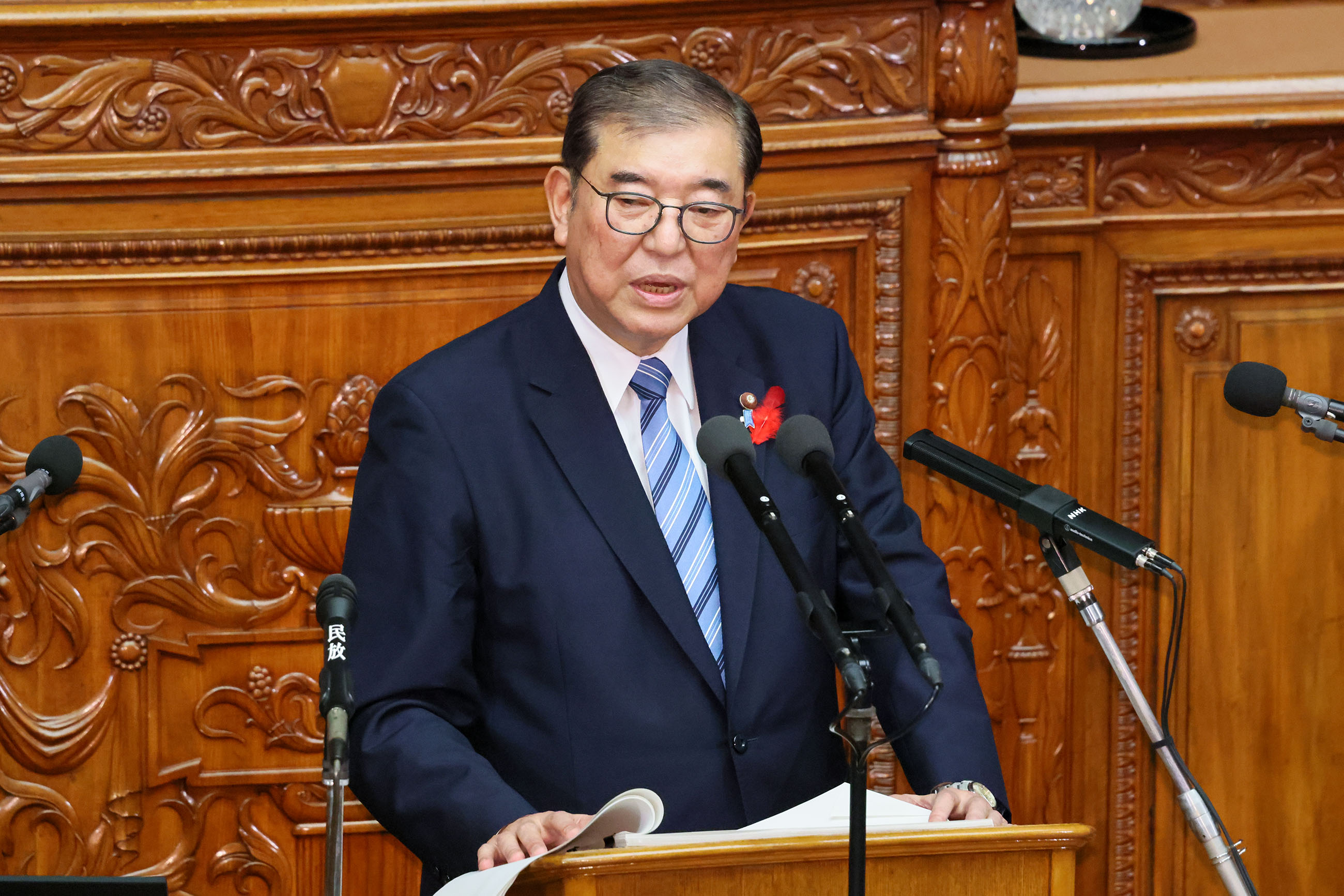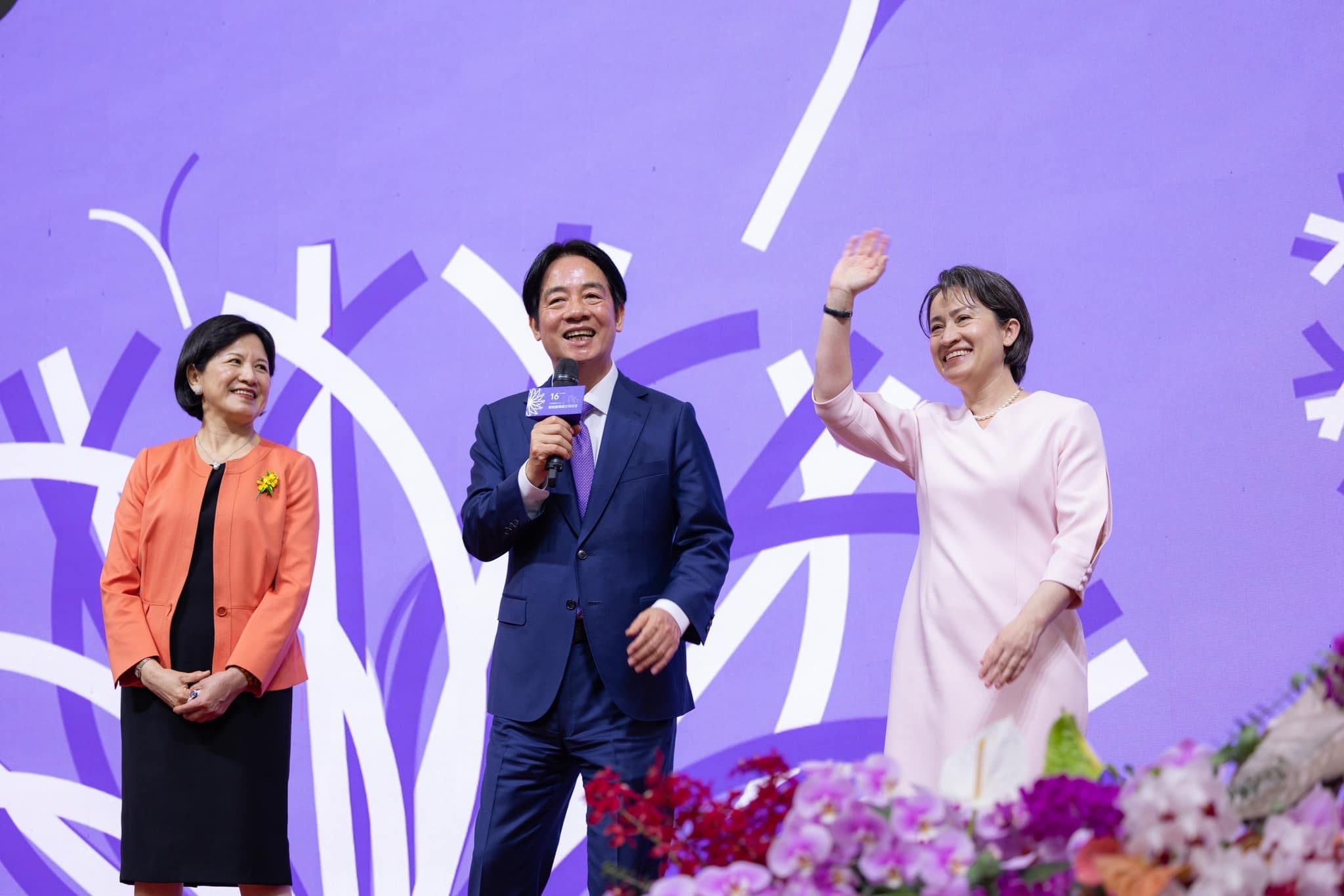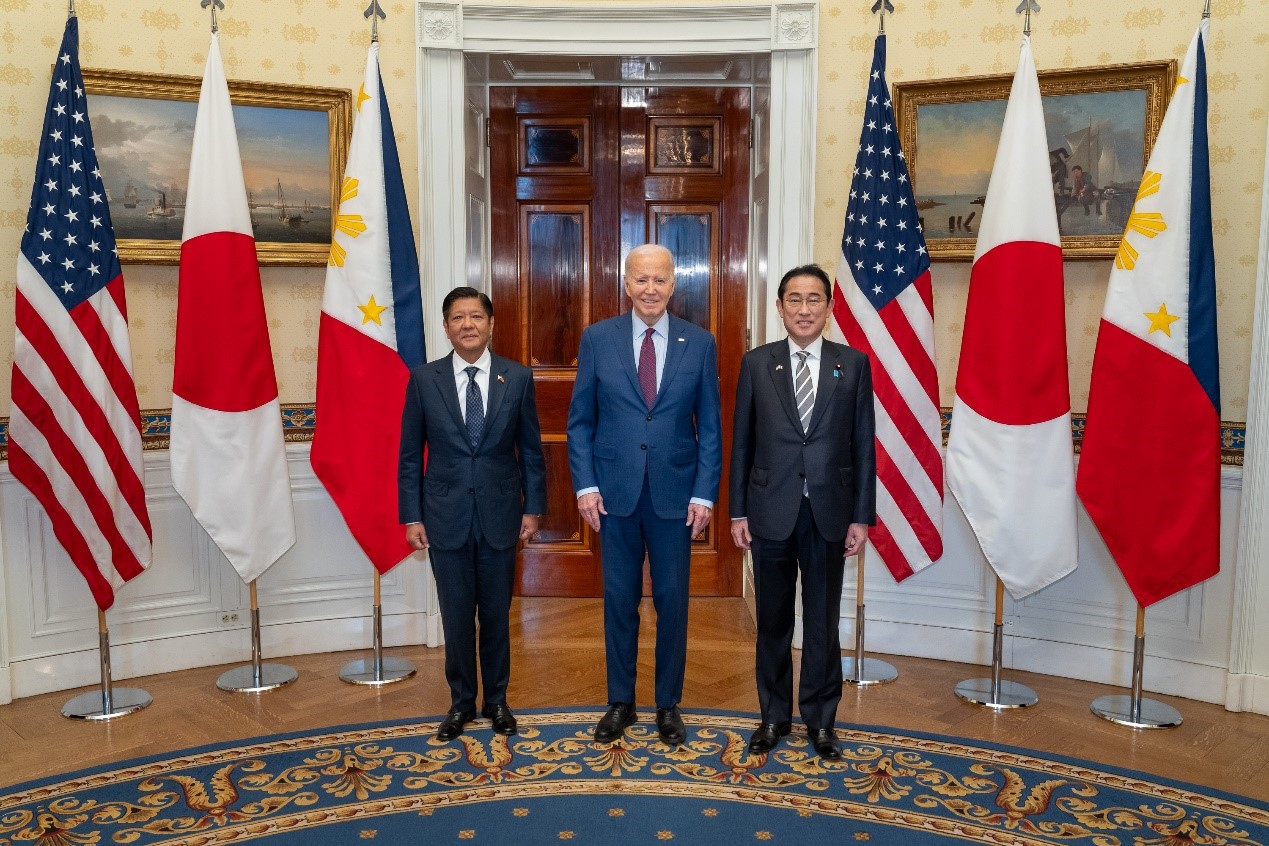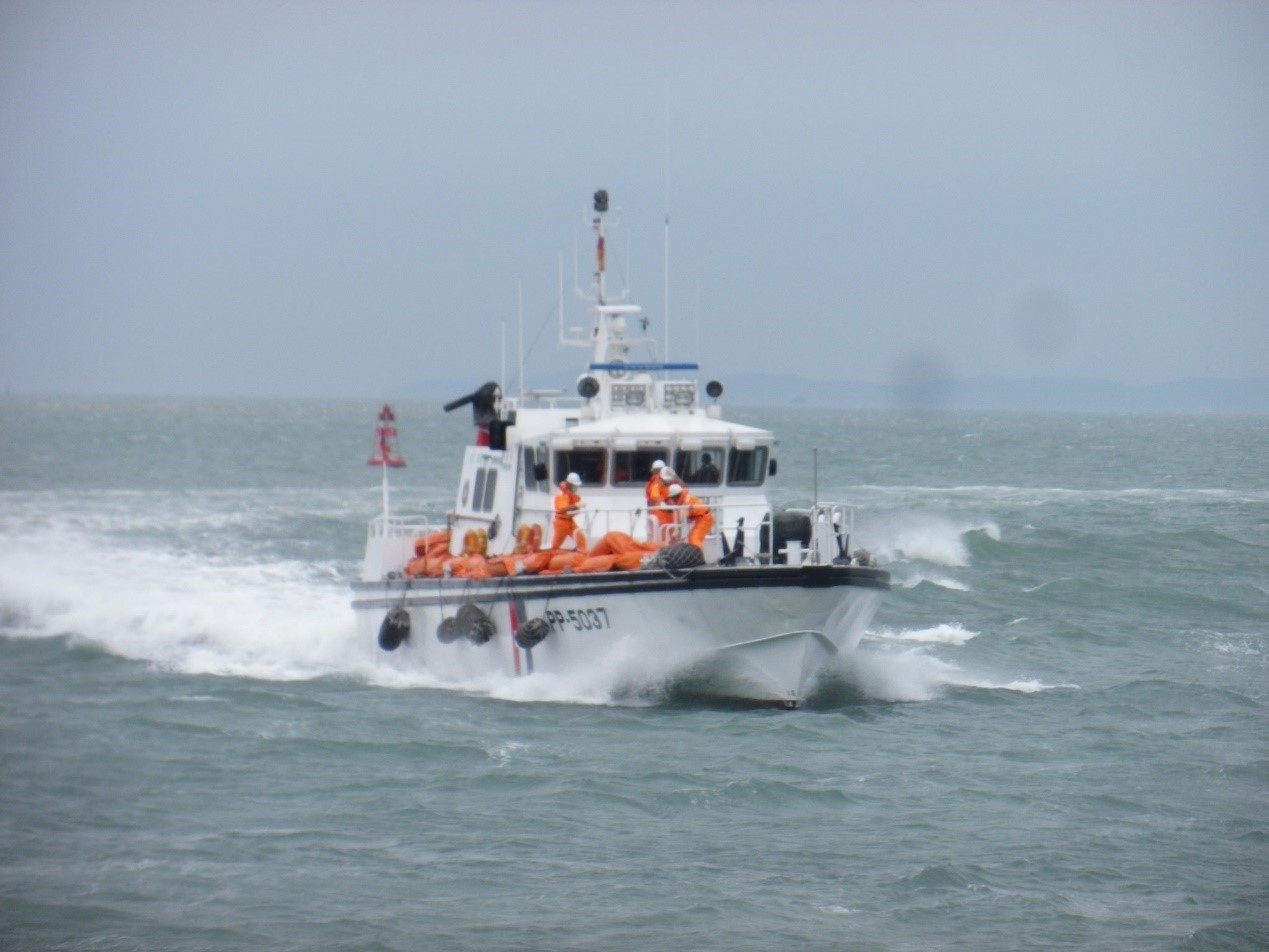Implications of Japan’s New National Security Strategy for Regional Security in Northeast Asia
Three key points in the new “National Security Strategy” have attracted domestic and foreign attention: 1. Japan’s defense budget will be doubled in the next five years; 2. the Self-Defense Forces will have “counterstrike capabilities”; and 3. the defense industry will continue to develop. Since the regional security environment has undergone tremendous changes, Japan is bound to make substantial revisions to its National Defense Strategy. Picture source: Depositphotos.
Implications of Japan’s New National Security Strategy for Regional Security in Northeast Asia
Prospects & Perspectives No. 2
By Yenhung Lin
On December 26, 2022, Japanese Prime Minister Fumio Kishida held a cabinet meeting and approved revisions to the “National Security Strategy,” which covers the direction of Japan’s foreign and security policies. This was the first revision in 10 years since the National Security Strategy was formulated in 2013. Simultaneously, the “National Defense Strategy” for Japan’s defense goals and the “Defense Buildup Plan” to determine the five-year defense budget and specific weapons and equipment were also approved. Three key points in the new “National Security Strategy” have attracted domestic and foreign attention: 1. Japan’s defense budget will be doubled in the next five years; 2. the Self-Defense Forces will have “counterstrike capabilities”; and 3. the defense industry will continue to develop. Since the regional security environment has undergone tremendous changes, Japan is bound to make substantial revisions to its National Defense Strategy.
The strength of the Self-Defense Forces will be greatly enhanced
The new “National Security Strategy” clearly states and expands the view that Japan can attack enemy bases, known as a “counterstrike capability” In short, as long as the Self-Defense Forces meet the three requirements for the use of force within the scope permitted by the Constitution and international law, as the minimum defensive measures required to prevent attacks, they can conduct effective attacks on enemy bases. Since its defeat in World War II, Japan has maintained a security policy of “defense” and has long advocated the principle of “Exclusively Defense-Oriented Policy” (defense only when under attack). This revision to the National Security Strategy can be called the biggest turning point in the country’s history.
However, exactly when Japan can launch a counterstrike against an enemy base depends not only on the international situation at the time, but also on the intention, means, and method of the attack clearly stated by the other side. Contingent on individual circumstances, and after careful discussions with the United States, the final judgment can be made.
Furthermore, Japan has warned that the balance of power in the Indo-Pacific region has changed, and points out that China is the biggest strategic challenge in the region. Consequently, disruptions to the order in Northeast Asia cannot be ruled out. Therefore, Prime Minister Kishida said that when a threat becomes a reality, can Japan protect itself? Current capabilities, he said, are insufficient. In other words, the Japanese government recognizes that the current international order is quite unstable, and that only by acquiring a “counterstrike capability” to serve as a deterrent can regional stability be maintained.
To strengthen its attack capability, Japan is expected to purchase more than 1,000 long-range missiles with a range of more than 1,000 kilometers in three stages. In the first stage, 500 U.S.- made Tomahawk cruise missiles with a range of more than 1,250 kilometers will be procured and deployed in advance. In the second stage, the range of Type 12 surface-to-ship missiles currently in service in the Self-Defense Forces will be expanded from 200 kilometers to more than 1,000 kilometers, and a land-based launch system will be introduced in 2026. The missile system is expected to be deployed on ships and fighter jets in 2028 and 2030, respectively. Around 2030, hypersonic missiles with speeds of up to Mach 5 will be deployed in the third stage. Five trillion yen will be invested in the next five years for this plan.
The defense budget will be the third largest in the world
The Japanese government has stressed that, in addition to offensive capabilities, it will increase its defense budget, which currently accounts for 1% of GDP, to 2% by fiscal 2027. This policy also won the support of about 60% of the Japanese public. According to the Stockholm International Peace Research Institute in Sweden, the country with the largest defense budget in 2021 was the United States (US$801 billion), followed by China (US$293 billion) and India (US$76.6 billion). If Japan, currently ranked ninth in the world (US$54.1 billion), doubles its defense budget in five years, it will exceed US$100 billion and become the third-largest in the world. However, the expected increase in the defense budget, in addition to fiscal restructuring and issuance of national debt, is still less than 3.5 trillion yen. To raise funds for the defense budget in Japan, most Diet members within the Liberal Democratic Party support increasing corporate tax, income tax, and cigarette tax from 2024 to make up for the shortfall.
Strengthen security cooperation with allies and partners
Japan has not shied away from recognizing China’s threat and believes that China is currently the biggest strategic challenge to Japan’s national security. Meanwhile, North Korea continues to conduct missile tests, posing a greater threat than ever. Russia’s military aggression against Ukraine, as well as the continuous military exercises around Japan with China, all pose a serious threat to Japan’s national security.
Japan has longstanding worries that the U.S.-Japan alliance may be undermined, or that the United States will pull out of East Asian affairs. Therefore, Japan must work harder on its national defense policy to strengthen itself, become self-reliant, and reorganize its armaments. To maintain the deterrence of the U.S.-Japan alliance, Japan has continuously emphasized and called for more in-depth cooperation between Japan and the United States, especially in its national defense strategy, and has continuously reviewed the bilateral alliance. This includes strengthening the deterrence and counterstrike capabilities of Japan and the United States, and further developing the Alliance Coordination Mechanism (ACM) to jointly maintain regional peace and stability.
In cooperation with partner countries, Japan will establish multi-level network cooperation, expand connections, and strengthen deterrence. It will use the frameworks of Japan, the United States, South Korea, Japan and Australia to strengthen security cooperation within the region as well as with European countries, ASEAN, Canada, the North Atlantic Treaty Organization, and the European Union. Through bilateral and multilateral dialogue, it will let partner countries pay more attention to the Indo-Pacific region, through mutual joint exercises, information security agreements, Acquisition and Cross Servicing Agreement (ACSA), Reciprocal Access Agreement (RAA), joint development of the defense industry, transfer of defense equipment, capacity-building assistance, strategic communication and Flexible Deterrent Option (FDO) and other deterrent measures to further develop security cooperation.
The Taiwan Strait issue is inseparable from Japan
In August last year, five missiles fell into Japan’s EEZ during massive People’s Liberation Army (PLA) exercises, which seriously affected Japan’s national security. The content of the “National Security Strategy” once again emphasizes that the peace and stability of the Taiwan Strait is an issue of common concern to Japan and the international community. Therefore, before and after Japan announced the three new security documents, former Japanese minister of defense Itsunori Onodera, the Chairman of the Policy Research Council of the LDP Hagiuda Koichi, and Secretary-General for the LDP in the House of Councilors Hiroshige Seko successively visited Taiwan and held talks with Taiwan’s top officials. These talks are of great significance. The recent Japan-Taiwan relations can be said to be a step forward. For Japan, Taiwan is a critical friend. If there is any disturbance in Taiwan, the safety of Japan and the safety of navigation in the Taiwan Strait will also be threatened. Japan is highly dependent on the shipping lanes in the Taiwan Strait. Members of the Japanese Diet have emphasized that we must avoid any contingency in the Taiwan Strait.
During the PLA exercises in August, Taiwan obtained clear information, such as the number and trajectory of the missiles launched. Such developments demonstrate the need for closer cooperation between Japan and Taiwan in military intelligence sharing.
(Dr. Lin is Assistant Research Fellow, Institute for National Defense and Security Research.)


